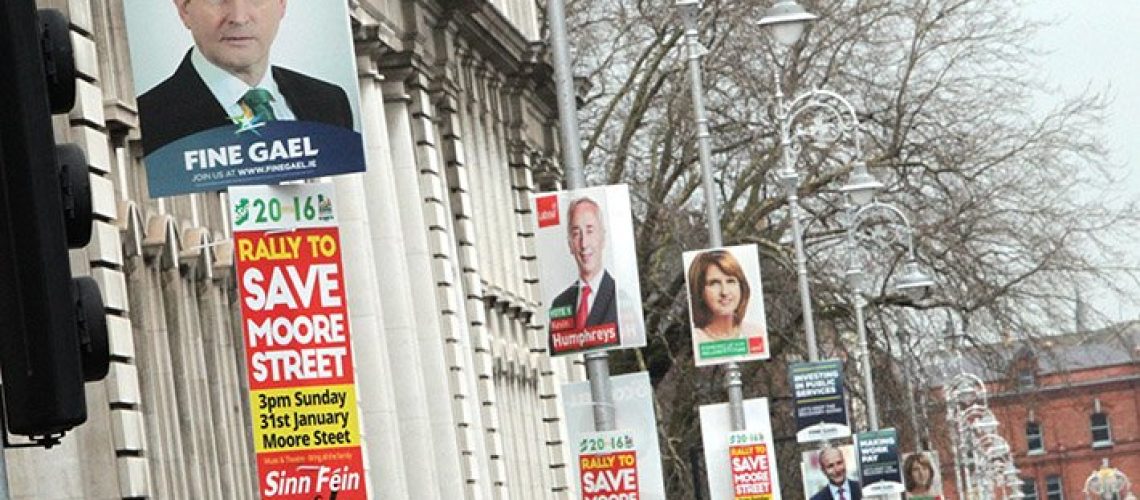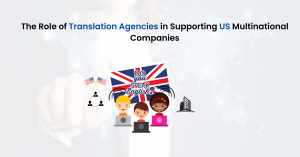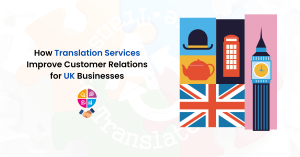Limerick, 19th February 2016. It has been weeks that election campaign signs began to blossom in the streets of the city, hung to almost every street lamp. I never accorded much credit to the politics, even in France where I am from – except when election times are coming. Voting is more than a precious right, it’s a duty, let it be clear.
I assume that I am not the only one to be a little bit lost when it comes to elections in a country that is not mine, and that many other non-Irish people don’t really know much about the elections in Ireland. This is why I decided to make a few research to clear my mind… and yours!
Let’s begin this little lesson with the bases of the Irish political system. Ireland is a parliamentary republic and its President (the Uachtarán in Irish) is directly elected by the Irish citizens every seven years. Note that the President has almost merely a representative role and very limited powers: the current President for example, Michael D. Higgins, is not the Chief executive -the executive powers are assumed by the Cabinet- although he is always kept informed about every case. Let’s say that the President has more “personal” powers that he can apply – at his own discretion.

The legislative branch is divided in two houses, the House of Representatives (Dáil Éireann in Irish), which is directly elected every five years and –among many other tasks- passes bills and designates the Prime Minister (Taoiseach); and the Senate (Seanad Éireann) which is not directly elected and had far less power than the House of Representatives.
It is rather difficult not to get lost within the numerous political parties existing in Ireland. Moreover, they are quite similar for an inexperienced person – like me. Here is a short overview of the main Irish parties.
- The Fine Gael party is the largest party in Ireland, currently in coalition with the Labour Party. Liberal-conservative and Christian democratic, this party dates back to the fight for Irish Independence and follows the slogan “Let’s keep the recovery going”. Nonetheless, Fine Gael is in favour of the European Union and claims itself against the Irish republicanism. It is known for its market liberalism.
- The Labour Party is the second largest political party. This social democratic party is the only one in Ireland that didn’t find its source in the Civil war strife. The Labour Party is member of many institutions like Socialist International or Progressive Alliance. Their slogan is “Standing up for Ireland’s future”.
- Fianna Fáil, whose slogan is “An Ireland for all”, is a centrist to centre-right and conservative party, that aims at representing all social classes, without any dinstinction. Originally a republican party, Fianna Fáil grants importance to the republican maxim: “Liberty, equality and fraternity”.
- The current republican party in Ireland is Sinn Féin. This party fights for a united Ireland and is the second largest party in Northern Ireland. Sinn Féin is considered as democratic and left-wing but Eurosceptic. I don’t really get all the subtleties in these qualifying terms. Let’s just remember that the “Better with Sinn Féin” party fights for the “support for minority rights, migrants’ rights and eradicating poverty”.
- The last party of my list is the eco-friendly Green Party, initially founded as the “Ecology Party of Ireland”. Behind its slogan “Think ahead, act now”, there are values such as ecological wisdom, social justice, grassroots (it means that the decisions are taken on the lowest geographical/social level) democracy and nonviolence. Note that they have committed as much as possible against the Iraq war.
Now that we have a bit of political knowledge, let’s take a closer look at the upcoming election. First, it is a general election: that means that it will take place in the whole country and 158 members of the Dáil Éireann (House of Representatives, remember) are going to be elected. During the last election in 2011, the three parties winning the majority of votes were Fine Gael, the Labour Party, then –narrowly- Fianna Fáil.
Some changes might be to foresee this year, as Limerick has been facing big social and financial issues for a few years: the biggest one concerns the job creation after the 2010’s economic crisis, though more than 850 jobs and many new investments have been announced since the beginning of the year, and the unemployment has decreased a lot, around 6% less in only 3 years. What the politics are less comfortable with are the overcrowded hospitals and the huge housing issue – houses are always less affordable.
According to the forecasts, Michael Noonan (Fine Gael) should win again easily thanks his position as Minister for Finance since 2011 and his great contribution for the whole country, Jan O’Sullivan (Labour Party) has all her chances for she is here for a long time and did a lot as Minister for Education, and Willie O’Dea (Fianna Fáil) shouldn’t worry for he has been getting good rates for two decades now. I will finish on an interesting quote that I found on the website of the Irish Times: “Almost 23 per cent of the vote in the local elections went to smaller parties and Independents and if anything of that order happens in the general election, a candidate from outside the mainstream parties has a real chance of a seat.” Good news?
Now let’s wait for the 26th February and wish that everyone will go to vote!
Written by Juliane Daudan









